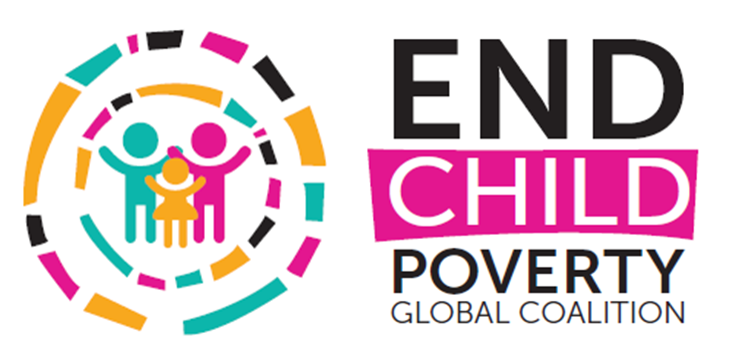Blog by Dr Krijn Peters
About 20 years ago I had the opportunity to go to war-ravaged Sierra Leone to study the demobilisation and reintegration process of ex-child soldiers. As an undergraduate student I had a severely restricted budget, forcing me to travel around by local taxis and mini-buses rather than 4x4 land-cruisers (a good thing!) but lots of time available – so no need for ‘drive-by ethnography’. I had a lot of time to get to know these young kids, who despite having gone through horrible things, showed great resilience and an impressive level of ‘agency’. Unfortunately, soon after I left in 1997 the war intensified again and many of the youngsters were re-conscripted.
In 2001, when the war was coming to an end, I returned to Sierra Leone. It was finally possible to talk to the many child soldiers conscripted by the infamous Revolutionary United Front. I also met some of the interviewees that I had met on my first trip, who were now in their late teens or very early 20s. While international funding for projects focusing on the rehabilitation of child-soldiers was never really in short supply (or media attention) the same could not be said for projects working with these slightly older (but still young) ex-combatants. Apparently, around the age of 16 or 17 the perception of a child soldier as’ innocent and a victim’ changes into one of ‘threatening and culpable’, or at least in the eyes of the public and donors.
Creating jobs for war affected youth
For the young people themselves coming out of the war at this age means that it becomes increasingly unlikely that they will be able to go back to school to catch up on their many years of missed education. Semi-illiterate at best, it is jobs that they need. The Disarmament, Demobilisation and Reintegration Programme in Sierra Leone provided skills training, in vocations such as carpentry, tailoring or mechanics, with soap-making and dyeing cloth for the female ex-combatants. But hardly any of the ex-combatants I spoke to well after receiving their training was able to find a job or make a living out of his or her newly acquired skill. In the end most of them were forced to sell their graduation toolkit. Semi-subsistence farming, alluvial diamond mining or trying to find casual labour in the urban centres were the only options left. Or so it seems.
The end of the civil wars in Sierra Leone and neighbouring Liberia coincided with the introduction and rapid spread of cheap Chinese and Indian made motorcycles, used as taxis. Perhaps this was less of a coincidence than it seems, as many roads were in an extremely poor state following more than a decade of no road maintenance. Furthermore, many car taxis and mini-buses were burned down or driven to safety and sold in a neighbouring country. Motorcycles were relatively cheap and easy to import (or smuggle across the Guinea border).
The ‘motorcycle taxi’ phenomenon first started in the main cities but then spread to the rural areas, bringing motorised transport to communities which before could only be reached by foot. It has transformed rural economies and helped farmers to produce for and become more integrated in local markets. Agricultural production is no longer constrained by transport challenges: the transport of produce by head-loading it – and often this was a task done by women and even children – and embarking on a multi-hour journey is increasingly becoming something of the past. Moreover, the rural motorcycle taxi is providing access to urban-based health and educational facilities as well.
From weapons to wheels
So where do these young and jobless ex-combatants come into this?
This will be focus of my presentation at the upcoming Putting Children First Conference in Ethiopia next week. Interestingly, during the early days of the motorcycle revolution, the majority of the operators were ex-combatants. Operating a motorcycle for sometimes 20 hours per day to maximise the profits for the owner, required a little team of riders, not afraid to sometimes navigate the rural back-roads at night. Within each team of riders there had to be some level of trust so that nobody would ride off with the motorcycle and sell it in the next town. The ex-combatants seemed to fit this job-description: having fought alongside they knew they could rely on each other and protect the bike whenever they were challenged during a robbery.
Nowadays, the majority of motorcycle operators have a non-combatant background: there would not be enough ex-combatants to operate all the motorcycle taxis that are currently riding around in Sierra Leone and Liberia. So the motorcycle taxis are a major provider of jobs for young people, not only for those who actually ride it but also for those involved in repairing bikes and washing them after a long and dusty or muddy day of operating it.
As such they are a solution to some of the grievances (high youth unemployment) which caused the wars in the first place. In short, an impressive example of a spontaneous and market-driven reintegration opportunity for semi-illiterate young ex-combatants and war affected youth.
A track-map to development?
Can we further add to this immense development contribution of motorcycle taxis in rural areas? Our three year ESRC-DFID funded research assesses the socio-economic impact on rural communities of upgrading footpaths to motorcycle accessible tracks or trails, using local labour and material. Could this be a low-cost intervention to compliment or even an alternative to relatively expensive feeder road construction? If so, the ‘revolution’ will enter a new phase.
Click HERE to see the original blog for the Impact Initiative

